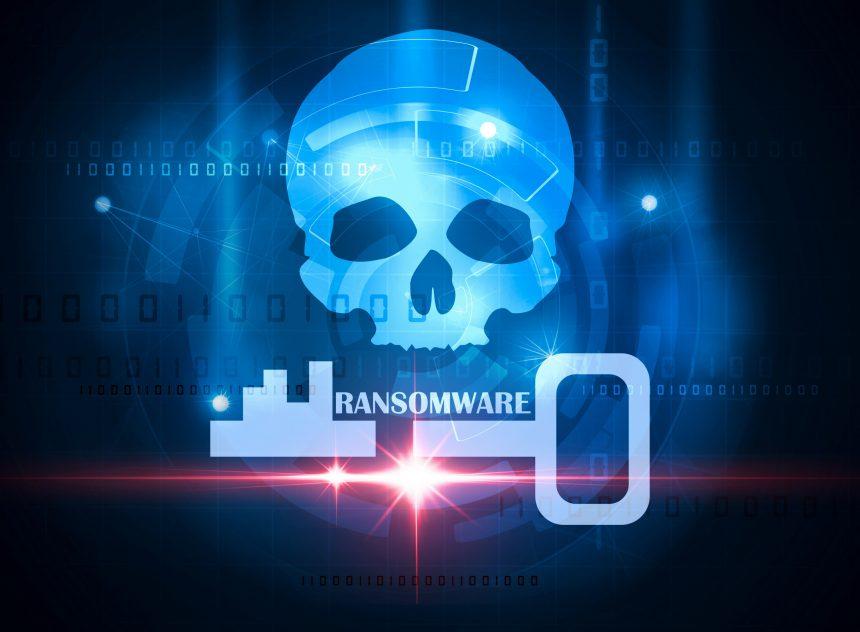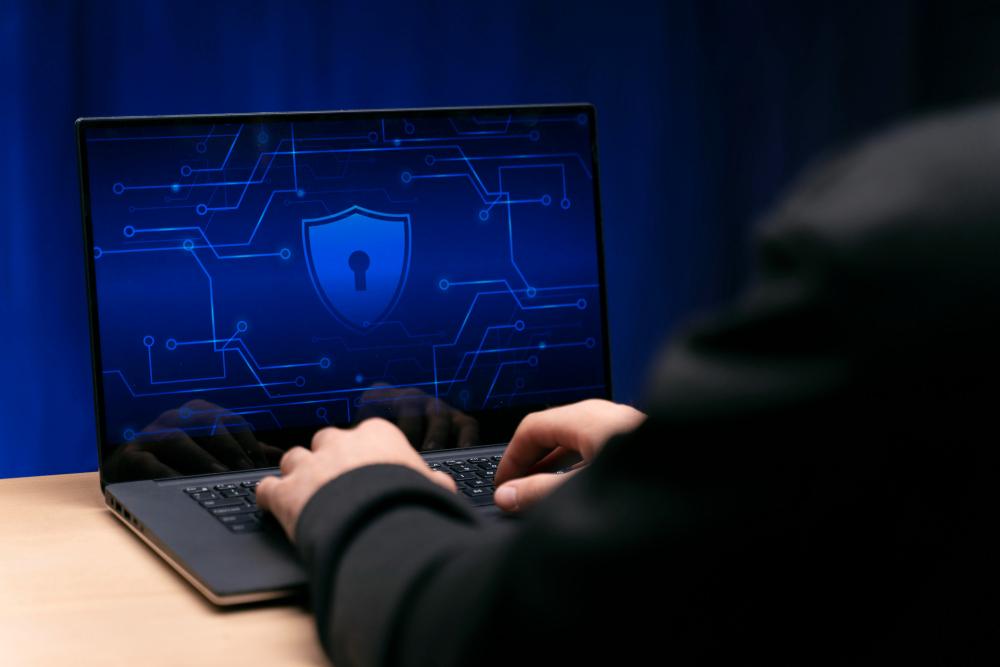In the treacherous landscape of cybersecurity, a new and formidable adversary has emerged – the SYSDF ransomware, a variant of the notorious Dharma family. This malicious software poses a significant threat by encrypting files on compromised systems, demanding ransom payments in bitcoin for the elusive decryption keys. In this in-depth article, we will delve into the workings of SYSDF, exploring its unique characteristics, the havoc it can wreak, and most importantly, equipping you with the knowledge to protect yourself or recover if infected.
Overview of the SYSDF Ransomware
SYSDF, belonging to the Dharma ransomware family, employs robust encryption algorithms to lock a wide array of files, ranging from personal documents and photos to critical system files, databases, and backups. The encrypted files bear the distinctive .z1n extension, accompanied by a unique victim ID and the attacker’s email address. Ransom notes, strategically placed in each affected directory, provide contact details for victims to initiate the payment process.
Key Features of SYSDF Ransomware
- Broad File Encryption: SYSDF exhibits a ruthless approach by encrypting a diverse range of files, not sparing personal user data or critical system files. This indiscriminate targeting amplifies the potential damage, affecting both local drives and connected network shares.
- File Naming Convention: A trademark tactic of SYSDF is renaming encrypted files with a unique victim ID, the attacker’s email address, and the .z1n extension. This meticulous process precedes the encryption, aiding the attackers in distinguishing victims and facilitating communication.
- Ransom Note Placement: Following the encryption process, SYSDF leaves behind a ransom note named “read.txt” in each affected directory. The note, written in a language of urgency, compels victims to contact the attackers via email for the decryption key.
Actions and Consequences
The consequences of a SYSDF ransomware infection are severe and multifaceted. Beyond the immediate loss of access to critical files, victims face the dilemma of whether to succumb to the ransom demands. The encryption process targets a wide range of files, including databases and backups, amplifying the potential for data loss and operational disruption.
Detection Names and Similar Threats
Detecting SYSDF infections requires vigilance and up-to-date security measures. Common detection names associated with SYSDF may include but are not limited to “SYSDF.Dharma” or “Win32/Filecoder.SYSDF.” Similar threats within the Dharma ransomware family, such as Dharma itself or its variants, share comparable characteristics and encryption methods.
Detecting an Ongoing SYSDF Ransomware Attack
Identifying an ongoing SYSDF attack is crucial for prompt response. Look out for the following signs:
- File Renaming: Unexplained changes to file names, particularly the addition of the .z1n extension, may indicate SYSDF encryption.
- Ransom Note Presence: The appearance of “read.txt” ransom notes in multiple directories signals a potential SYSDF infection.
Preventing SYSDF Ransomware Infections
Prevention is the first line of defense against ransomware threats like SYSDF. Implement the following best practices to minimize the risk of infection:
- Employee Training: Educate yourself on recognizing phishing emails and the importance of verifying sources before downloading attachments or clicking links.
- Regular Software Updates: Keep all software, including operating systems and security software, up to date to patch vulnerabilities exploited by ransomware.
- Network Security: Restrict Remote Desktop Protocol (RDP) access, use strong passwords, and employ multi-factor authentication to secure network entry points.
- Email Filtering: Implement robust email filtering solutions to identify and block phishing emails and malicious attachments.
- Backup Strategy: Regularly backup critical data, ensuring offline and offsite storage to prevent ransomware from encrypting backup files.
What to Do If You Become Infected with SYSDF Ransomware?
Facing a SYSDF ransomware infection demands a careful and strategic response. Follow these steps to mitigate the impact:
- Isolate Infected Systems: Immediately disconnect infected systems from the network to prevent the spread of the ransomware.
- Assess the Damage: Identify the extent of the encryption to determine the impact on critical files and data.
- Contact Law Enforcement: Report the incident to law enforcement agencies to aid in the investigation and potential identification of the attackers.
- Do Not Pay Ransom: Paying the ransom does not guarantee the recovery of files, and it fuels the cycle of cybercrime. Avoid paying and seek alternative solutions.
Remove the SYSDF Ransomware and Recover Files
Removing SYSDF ransomware requires a meticulous approach. While avoiding third-party tools, follow these steps:
- Use Antivirus Software: Employ reputable antivirus software to scan and remove the ransomware from infected systems.
- Restore from Backup: Restore files from offline and offsite backups unaffected by the ransomware. Ensure the backups are clean before restoration.
- Professional Assistance: If necessary, seek the assistance of cybersecurity professionals to guide the removal process and ensure the eradication of the ransomware.
Conclusion
SYSDF ransomware poses a significant threat to individuals and organizations, emphasizing the critical need for robust cybersecurity measures. Proactive prevention, timely detection, and strategic response are paramount in mitigating the impact of such malicious threats. Stay vigilant, educate employees, and implement best practices to fortify your defenses against the ever-evolving landscape of cyber threats.





